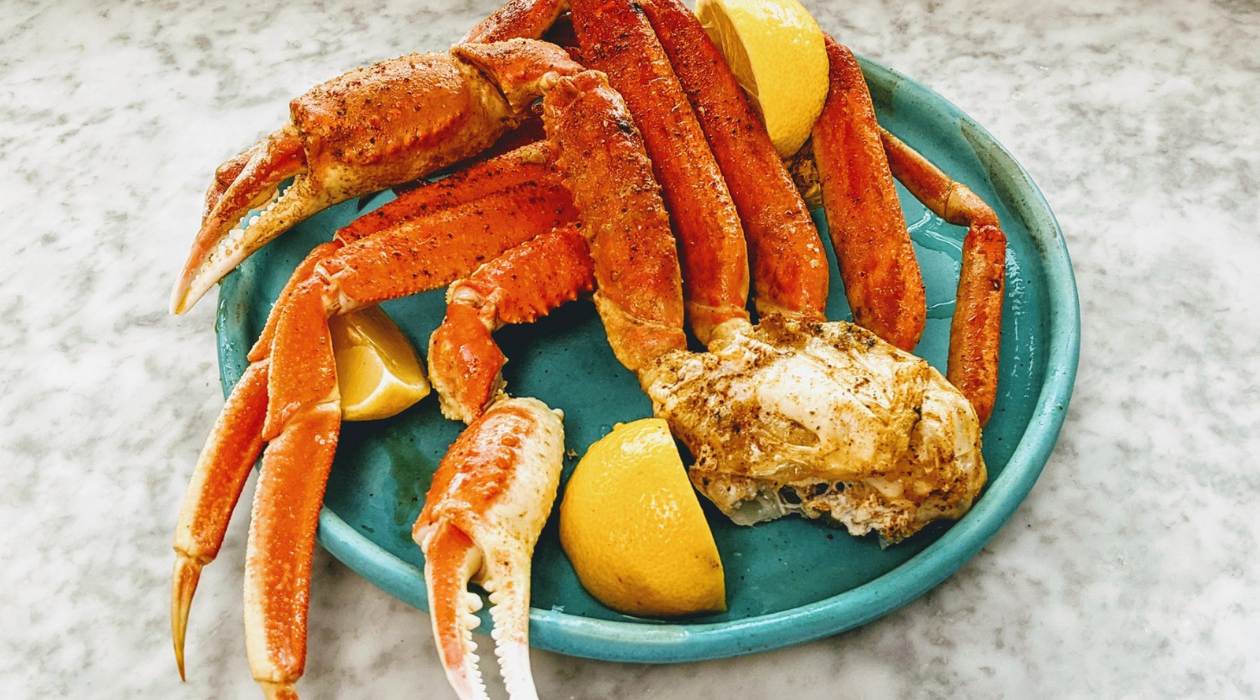

Articles
How To Store Leftover Crab Legs
Modified: February 23, 2024
Learn how to properly store leftover crab legs to keep them fresh and flavorful. Our articles provide expert tips and techniques for maximizing the lifespan of your seafood leftovers.
(Many of the links in this article redirect to a specific reviewed product. Your purchase of these products through affiliate links helps to generate commission for Storables.com, at no extra cost. Learn more)
Introduction
Crab legs are a delicious delicacy that can be enjoyed in a variety of dishes. Whether you’ve indulged in a crab feast or cooked up a crab boil, it’s not uncommon to have leftovers. But how do you store those leftover crab legs to ensure they stay fresh and tasty?
In this article, we will provide you with some handy tips and methods for storing leftover crab legs. By following these guidelines, you can extend the shelf life of your crab legs and keep them ready for future meals. So, let’s dive in and discover how to properly store leftover crab legs!
Key Takeaways:
- Properly storing leftover crab legs is essential for maintaining their freshness and flavor. Whether refrigerating, freezing, or vacuum sealing, following general tips and specific methods ensures delicious crab legs for future meals.
- Storing leftover crab meat separately allows for easy incorporation into various recipes. Proper packaging, labeling, and timely consumption are key to preserving the taste and quality of crab legs and crab meat.
Read more: How To Store Crab Legs
General Tips for Storing Leftover Crab Legs
Before we delve into specific storage methods, let’s start with some general tips that apply to all methods of storing leftover crab legs:
- Remove any leftover sauces or seasonings: Before storing your crab legs, make sure to remove any sauces or seasonings that may be clinging onto them. This will help prevent the flavors from becoming overpowering or altering the taste of the crab legs.
- Allow the crab legs to cool: It’s important to let the crab legs cool down to room temperature before storing them. Placing hot crab legs in the refrigerator or freezer can raise the internal temperature of these appliances, potentially compromising the quality and safety of other food items.
- Use airtight containers: When storing your crab legs, choose airtight containers or freezer-safe bags to prevent air from entering and moisture from escaping. This will help maintain the freshness and texture of the crab legs.
- Label and date the containers: To keep track of how long your crab legs have been stored, it’s a good practice to label the containers with the date of storage. This will help you prioritize older crab legs and ensure you use them before they spoil.
- Keep proper storage and handling temperatures: Crab legs should be stored at or below 40°F (4°C) to prevent bacterial growth. If using the freezer method, make sure your freezer is set to 0°F (-18°C) or below.
- Follow the “First In, First Out” (FIFO) rule: To prevent any crab legs from being forgotten and going to waste, always use the oldest stored crab legs first before moving on to newer ones.
Now that we have covered these general tips, let’s explore different methods for storing leftover crab legs, including refrigeration, freezing, vacuum sealing, and storing them in the shell or as crab meat.
Method 1: Refrigerating Leftover Crab Legs
If you plan to consume your leftover crab legs within a few days, refrigeration is the most convenient method. Follow these steps to ensure your crab legs stay fresh in the refrigerator:
- Clean and separate the crab legs: Remove any leftover sauces or seasonings from the crab legs. If the crab legs are still in the shell, separate them into individual pieces.
- Place in an airtight container: Transfer the crab legs to an airtight container or wrap them tightly in aluminum foil or plastic wrap. This will help prevent them from drying out or absorbing odors from other foods in the refrigerator.
- Label and date the container: To keep track of when the crab legs were stored, label the container with the date of storage.
- Store in the coldest part of the refrigerator: Place the container with the crab legs in the coldest part of your refrigerator, typically the back or bottom shelf.
- Use within 2-3 days: Refrigerated crab legs should be consumed within 2-3 days to ensure optimal freshness and taste.
Remember, refrigeration is the best method for short-term storage. If you don’t plan on using your leftover crab legs within a few days, it’s best to freeze them. Let’s explore the freezing method in the next section.
Method 2: Freezing Leftover Crab Legs
If you have a larger quantity of leftover crab legs or don’t plan to consume them within a few days, freezing is a great option for long-term storage. Here’s how to properly freeze your crab legs:
- Clean and separate the crab legs: Remove any sauces, seasonings, or excess debris from the crab legs. If they are still in the shell, separate them into individual pieces.
- Wrap tightly: Individually wrap each crab leg or group them together and wrap securely in plastic wrap or aluminum foil. This will help eliminate the exposure to air and prevent freezer burn.
- Place in a freezer-safe container or bag: Once wrapped, place the crab legs in a freezer-safe container or bag. Make sure to squeeze out any excess air before sealing.
- Label and date the container: Label the container or bag with the date of storage. This will help you keep track of how long the crab legs have been frozen.
- Store in the freezer: Place the container or bag of crab legs in the coldest part of your freezer, away from any thawing or temperature fluctuations.
- Use within 2-3 months: Frozen crab legs can be stored for up to 2-3 months without a significant loss in quality. However, for the best taste, it is recommended to consume them within this timeframe.
By following these steps, you can ensure that your leftover crab legs remain fresh and flavorful when you’re ready to enjoy them. If you prefer the convenience of vacuum-sealed packaging, the next method is for you!
Store leftover crab legs in an airtight container or resealable bag in the refrigerator for up to 2 days. To maintain freshness, place a damp paper towel in the container to keep the crab legs moist.
Method 3: Vacuum Sealing Leftover Crab Legs
Vacuum sealing is an excellent option for storing leftover crab legs, as it helps to maintain their freshness and prevent freezer burn. Here’s how to vacuum seal your crab legs:
- Clean and separate the crab legs: Remove any sauces, seasonings, or debris from the crab legs. If they are still in the shell, separate them into individual pieces.
- Place crab legs in a vacuum-seal bag: Arrange the cleaned crab legs in a single layer inside a vacuum-seal bag, leaving enough space between them to ensure a proper seal.
- Seal the bag: Follow the manufacturer’s instructions for your vacuum sealer to properly seal the bag. This will remove the air from the bag and create an airtight environment for the crab legs.
- Label and date the bag: Use a permanent marker to label the bag with the date of storage. This will help you keep track of how long the crab legs have been stored.
- Store in the freezer: Place the vacuum-sealed bag in the coldest part of your freezer, away from any thawing or temperature fluctuations.
- Use within 2-3 months: Vacuum-sealed crab legs can be stored for up to 2-3 months without compromising their quality. However, it is advisable to consume them within this timeframe for the best taste.
Vacuum-sealing your crab legs not only helps preserve their flavor but also protects them from freezer burn and extends their shelf life. If you prefer to store your crab legs in the shell, the next method will guide you through the process.
Read more: How To Store Uncooked Crab Legs
Method 4: Storing Leftover Crab Legs in the Shell
If you want to keep the crab legs in their shell for storage, you can follow this method to ensure their freshness:
- Clean the crab legs: Remove any sauces, seasonings, or debris from the crab legs. Rinse them gently under cold water to remove any loose particles.
- Keep the legs intact: If the crab legs are already separated, place them back together to maintain their shape and prevent them from drying out.
- Moisten a paper towel: Dampen a paper towel with water and wring out the excess. Place the damp paper towel in a plastic bag or container.
- Arrange the crab legs: Place the crab legs on top of the damp paper towel, ensuring they are not piled up on each other. The moisture from the towel will help keep the crab legs hydrated.
- Seal the container or bag: Seal the container or bag securely to prevent air from entering and to maintain the freshness of the crab legs.
- Label and date the container: Use a permanent marker to label the container with the date of storage. This will help you keep track of how long the crab legs have been stored.
- Store in the refrigerator or freezer: Depending on the time you plan to store the crab legs, you can place them in the refrigerator for short-term storage (within 2-3 days) or the freezer for long-term storage (up to 2-3 months).
Storing crab legs in the shell can help preserve their natural flavor and protect them from drying out. If you have leftover crab meat, we will explore how to store it in the next method.
Method 5: Storing Leftover Crab Meat
If you have leftover crab meat from crab legs or other dishes, you can store it separately using the following method:
- Remove any shells or cartilage: Ensure that the crab meat is free from any shells or cartilage, as these can affect its texture and taste.
- Divide and portion the crab meat: Divide the crab meat into individual portions based on your intended use. This will make it easier to thaw and use only what you need.
- Place in an airtight container: Transfer the crab meat portions to airtight containers, such as resealable bags or sealed containers. Make sure to remove as much air as possible to prevent freezer burn.
- Label and date the container: Use a permanent marker to label the containers with the date of storage. This will help you keep track of how long the crab meat has been stored.
- Store in the freezer: Place the crab meat containers in the coldest part of your freezer to maintain its quality. It can be stored for up to 3 months.
- Thaw properly before use: When you’re ready to use the crab meat, thaw it in the refrigerator overnight. Avoid thawing at room temperature or using the microwave, as this can affect the texture.
- Use within 1-2 days after thawing: Once thawed, consume the crab meat within 1-2 days for the best flavor and quality.
Storing leftover crab meat separately allows you to easily incorporate it into various recipes, such as soups, salads, or crab cakes. Just make sure to thaw and use it promptly for the best dining experience.
With these methods for storing leftover crab legs and crab meat, you can make the most out of your seafood feast. Remember to always prioritize cleanliness, proper packaging, and timely consumption to ensure the freshness and taste of your stored crab legs and crab meat.
Conclusion
Leftover crab legs can be a tasty treat for future meals, but it’s essential to store them properly to maintain their freshness and flavor. By following the methods outlined in this article, you can ensure that your leftover crab legs remain delicious and ready to be enjoyed whenever you’re in the mood for some seafood.
Whether you choose to refrigerate, freeze, vacuum seal, store in the shell, or store as crab meat, each method has its advantages depending on your storage needs and preferences. Refrigeration is ideal for short-term storage, while freezing and vacuum sealing are ideal for longer-term storage.
Remember to incorporate general tips such as removing sauces or seasonings, using airtight containers, labeling and dating, and following the “First In, First Out” (FIFO) rule. These practices will help you maintain the quality of your crab legs and minimize food waste.
Additionally, if you have leftover crab meat, be sure to store it separately using airtight containers and follow proper thawing guidelines to preserve its taste and texture.
So, the next time you indulge in a crab feast or cook up a crab boil, don’t fret about the leftovers. With the information provided in this article, you now have the knowledge and techniques to store your leftover crab legs and crab meat effectively.
Enjoy the convenience of having delicious crab legs readily available for future meals and savor the delectable taste of fresh seafood any time you desire!
Frequently Asked Questions about How To Store Leftover Crab Legs
Was this page helpful?
At Storables.com, we guarantee accurate and reliable information. Our content, validated by Expert Board Contributors, is crafted following stringent Editorial Policies. We're committed to providing you with well-researched, expert-backed insights for all your informational needs.


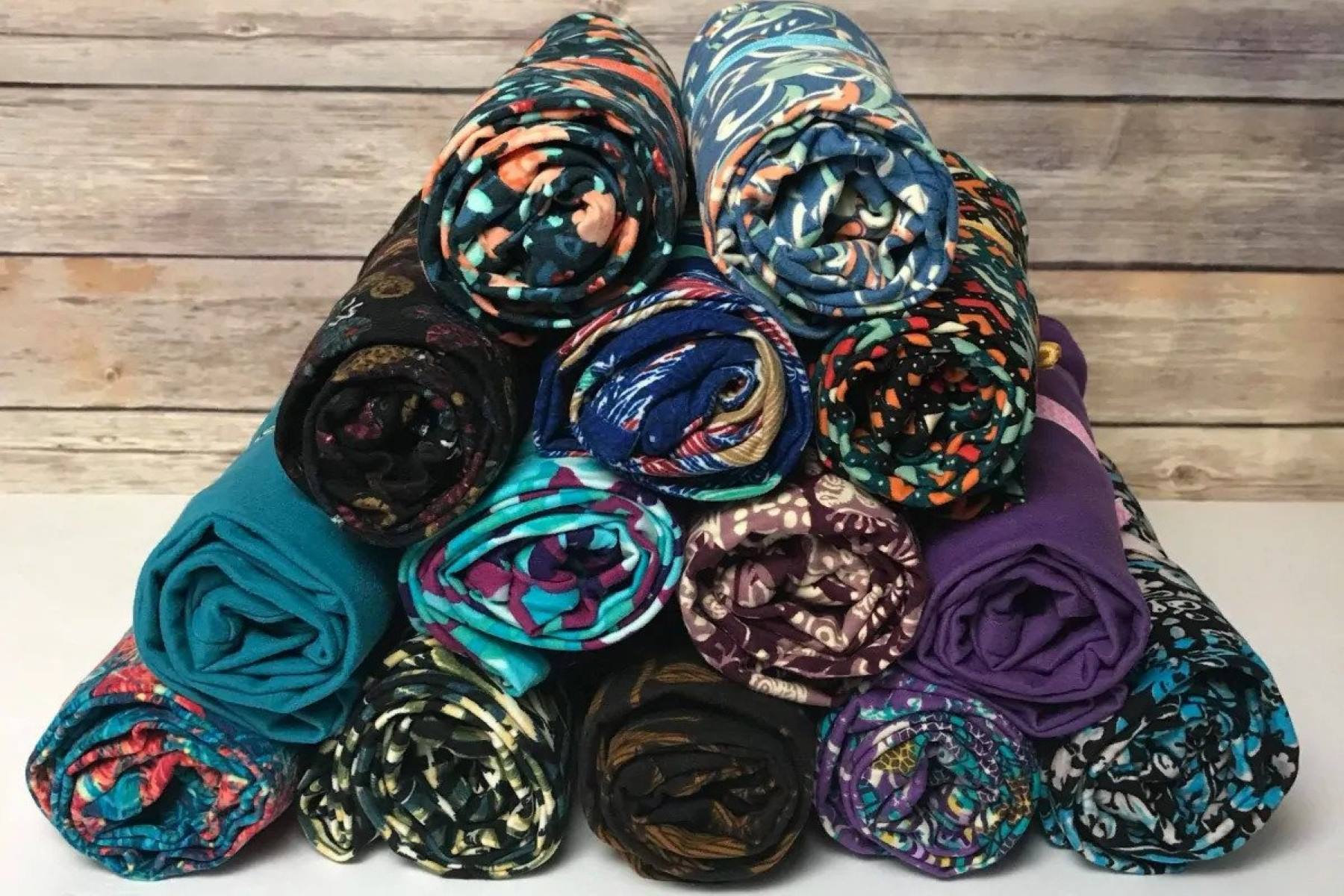

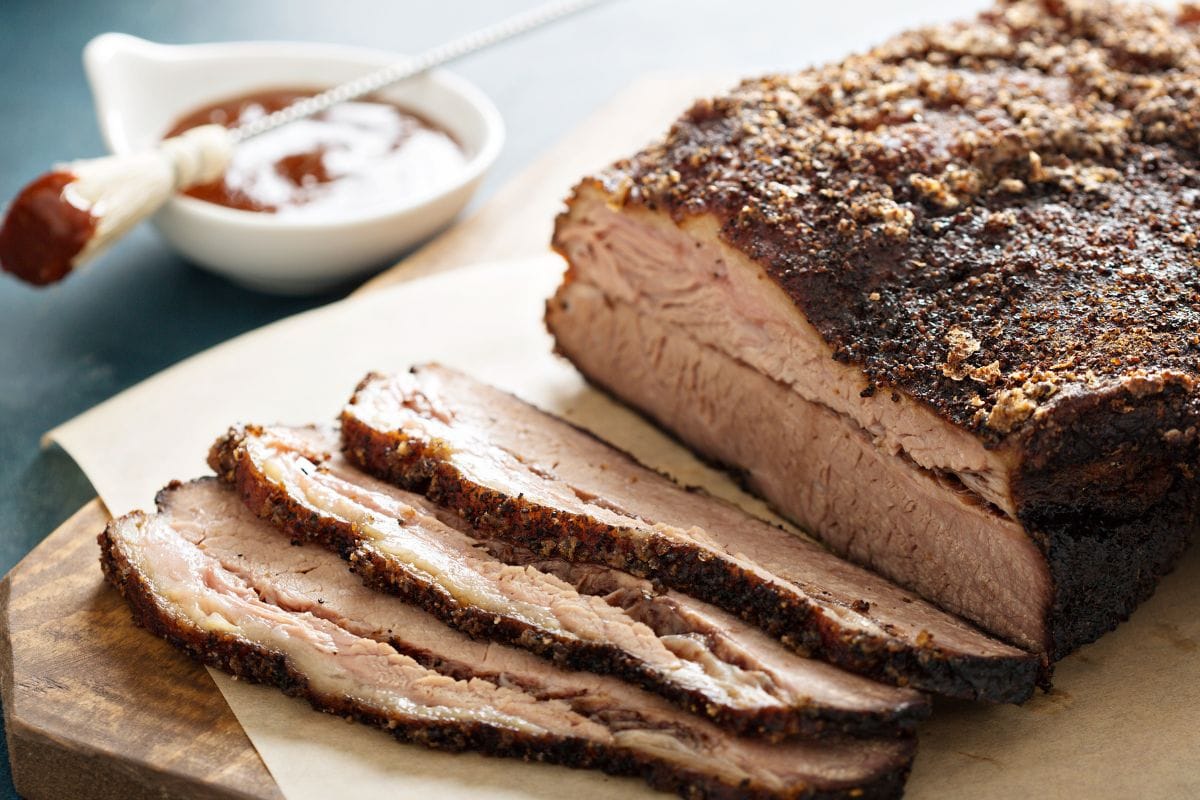
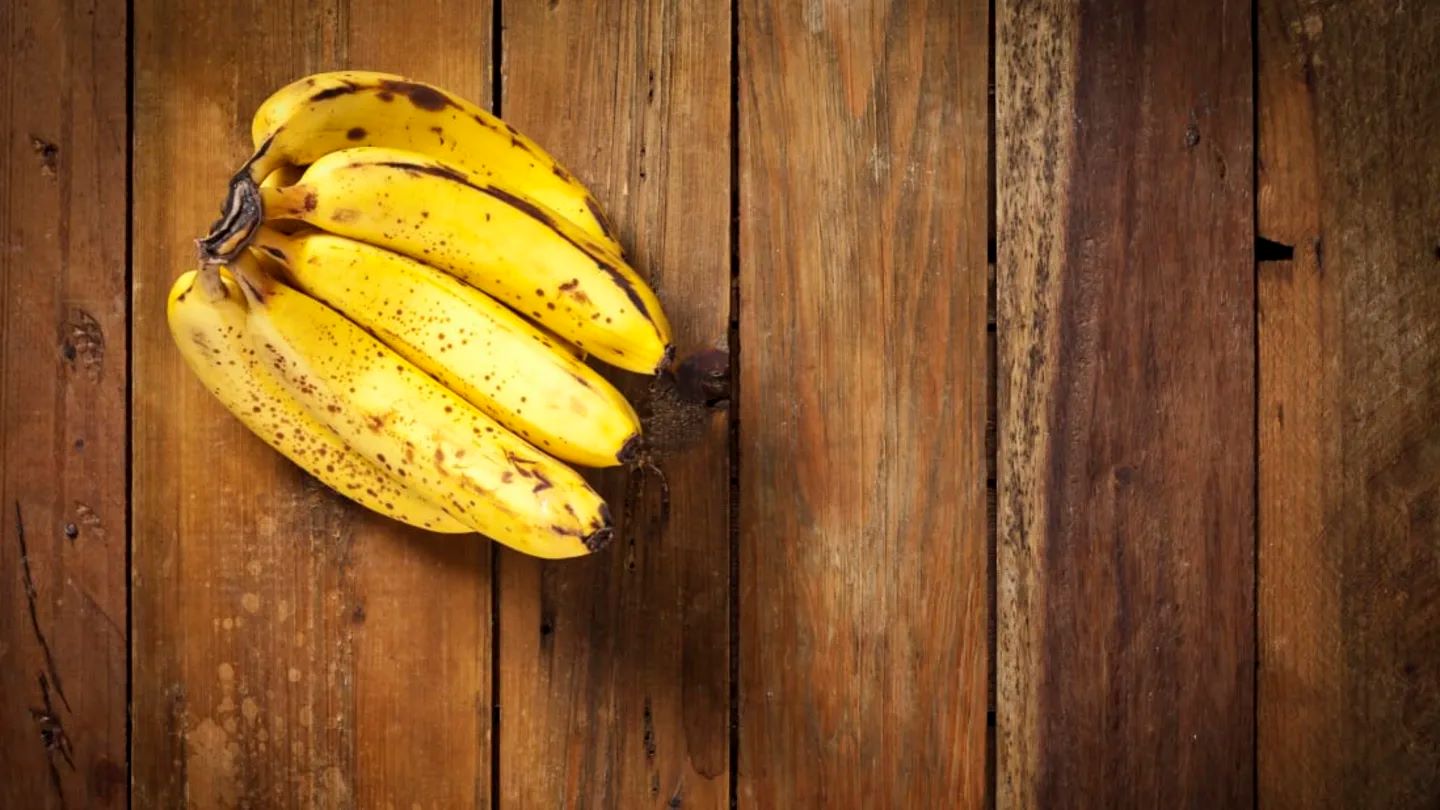



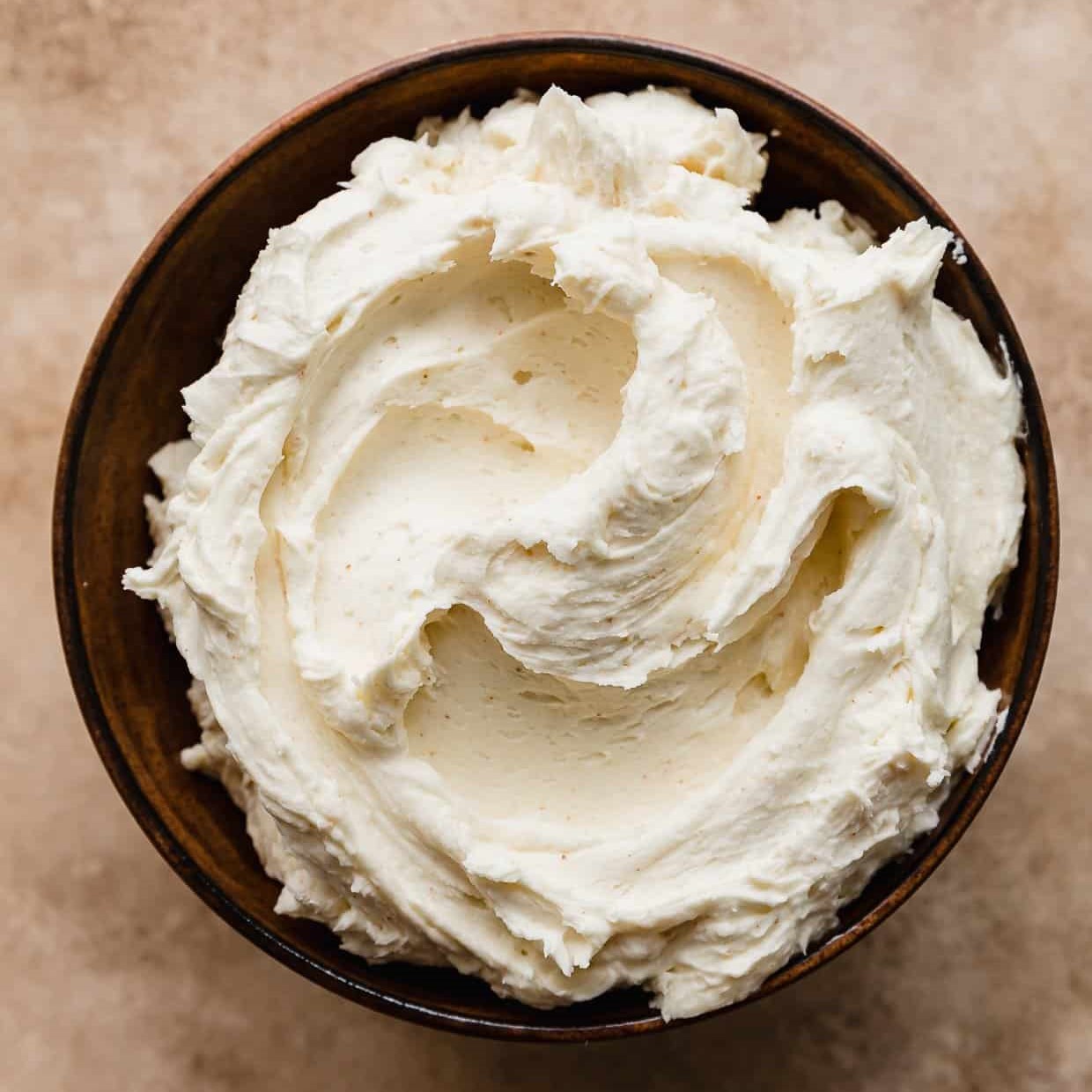

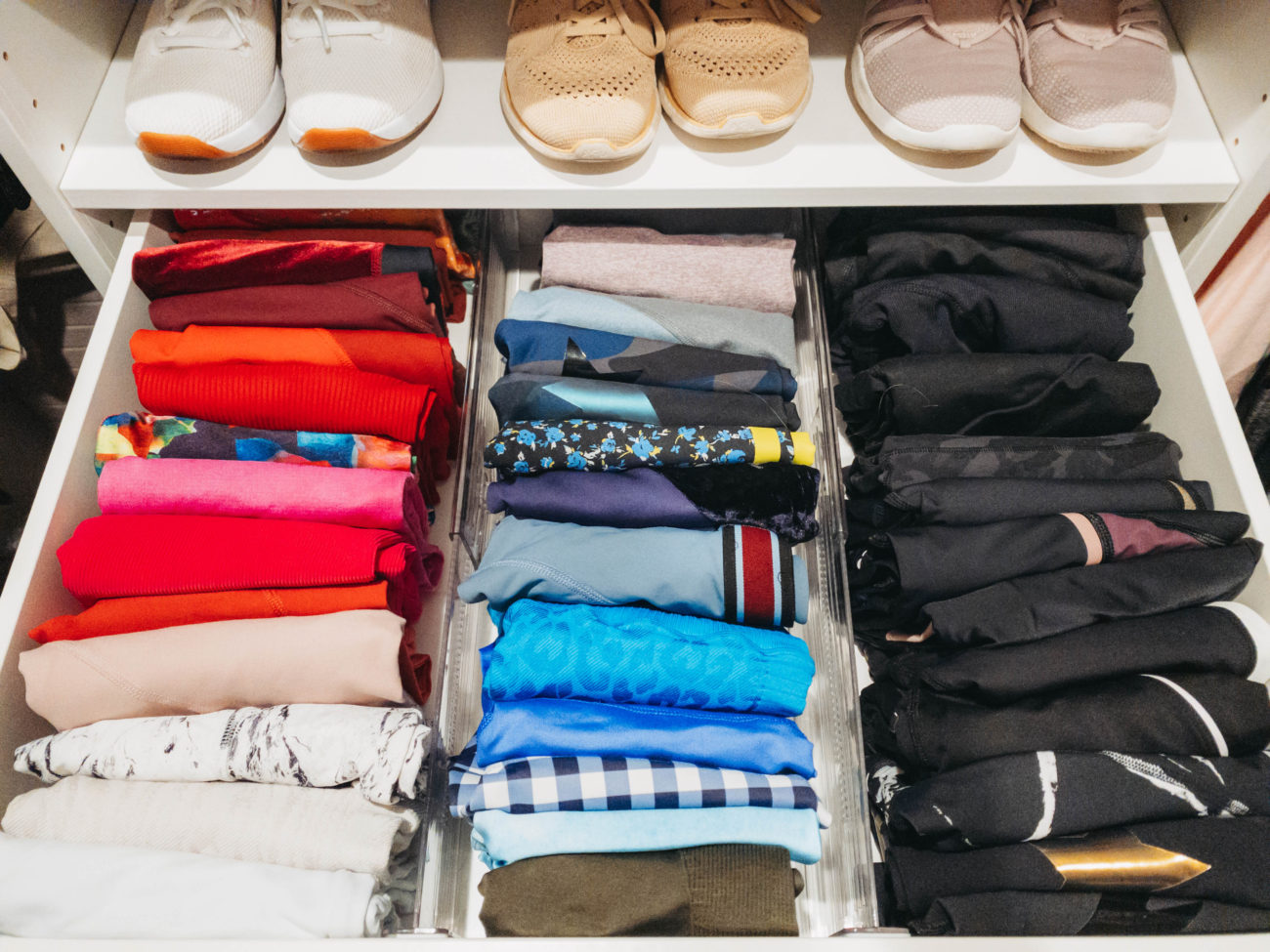
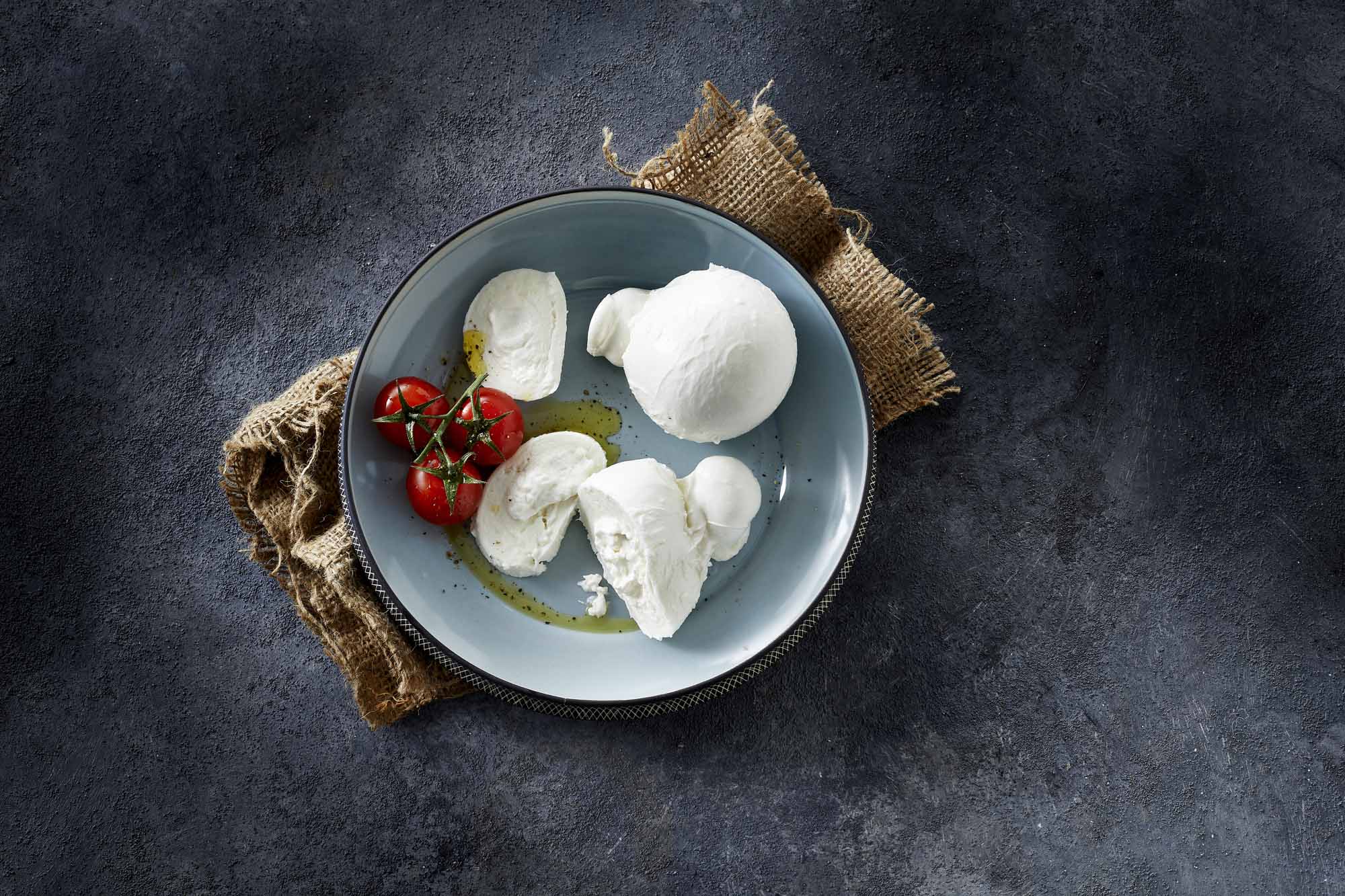
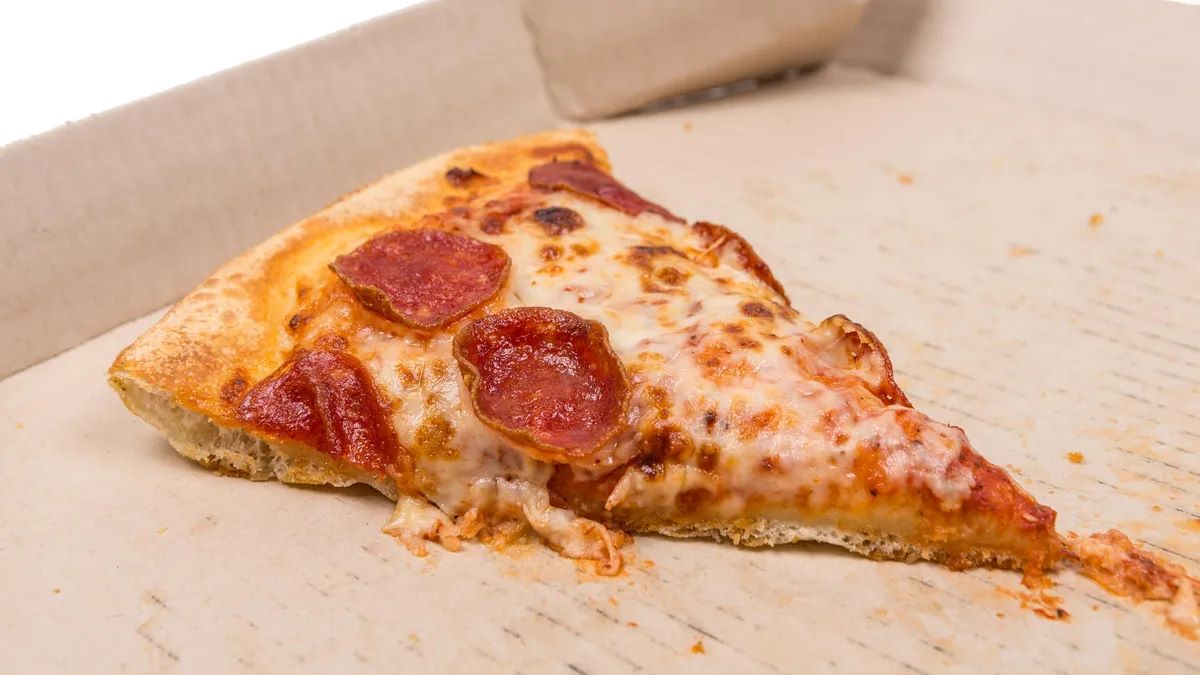

0 thoughts on “How To Store Leftover Crab Legs”